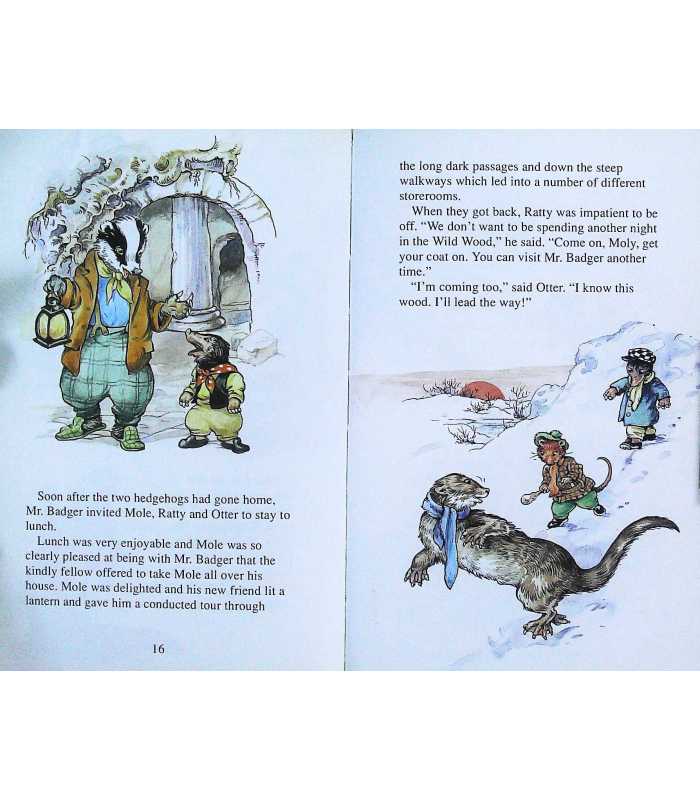

On July 30, McCandless wrote a journal entry which read, "Extremely Weak. In July he tried to leave, only to find the route blocked by the Teklanika river raging with snow-melt. Although he planned to hike to the coast, the boggy terrain of summer proved too difficult, and he decided instead to camp in a derelict camping bus left behind by a road construction company. McCandless survived for approximately 113 days in the Alaskan wilderness, foraging for edible roots and berries, shooting an assortment of game-including a moose-and keeping a journal. In addition, he describes at some length the grief and puzzlement of McCandless's parents, sister Carine, and friends. Krakauer also relates the stories of some other young men who vanished into the wilderness, such as Everett Ruess and Carl McCunn. He explores the similarities between McCandless's experiences and motivations, and his own as a young man, recounting in detail Krakauer's own attempt to climb Devils Thumb in Alaska. Krakauer interprets McCandless's intensely ascetic personality as possibly influenced by the writings of Henry David Thoreau and McCandless's favorite writer, Jack London. He spent time in Carthage, South Dakota, laboring for months in a grain elevator owned by Wayne Westerberg before hitchhiking to Alaska in April 1992. McCandless shed his legal name early in his journey, adopting the moniker "Alexander Supertramp", after W.H. One year later, author Jon Krakauer retraced McCandless's steps during the two years between college graduation and his demise in Alaska. McCandless perished sometime around the week of August 18, 1992, after surviving for 113 days. He declined an acquaintance's offer to buy him sturdier clothing and better supplies. 22 caliber rifle, several boxes of rifle rounds, a camera, and a small selection of reading material-including a field guide to the region's edible plants, Tana'ina Plantlore. There he headed down the snow-covered trail to begin an odyssey with only 10 pounds (4500 g) of rice, a. On April 28, 1992, McCandless hitchhiked to the Stampede Trail in Alaska. After graduating in May 1990 with high grades from Emory University, McCandless ceased communicating with his family, gave away his college fund of $24,500 to Oxfam, and began traveling across the Western United States, later abandoning his 1982 Datsun B210 after a flash flood. įurther information: Christopher McCandlessĬhristopher Johnson McCandless grew up in suburban Annandale, Virginia. Also, Medred's checks of weather records refute some of the dramatic weather events presented in the story. Yet Medred states that Krakauer does not present these embellishments as guesses, but rather as facts. The result is that Krakauer had to infer or invent most of the details in order to have a readable book. McCandless' entries are not dated, just numbered, and a large portion of them are sighting notes, generally in form of short sentence fragments like "5 Squirrel, Caribou*", or "Beautiful Blueberries".

Most of these stem from the extremely limited detail in McCandless' journal. In this article, "The fiction that is Jon Krakauer's 'Into The Wild'", Medred covers a large number of items in the book that are questionable. However, the non-fictional nature of the book has been disputed by some individuals involved in McCandless' story, and commentators such as Alaskan reporter Craig Medred, who wrote an investigative article for the Alaska Dispatch News. Into the Wild has been lauded by many reviewers, and in 2019 was listed by Slate as one of the 50 best nonfiction works of the past quarter-century. The book is widely used as high school and college reading curriculum. Into the Wild is an international bestseller which has been printed in 30 languages and 173 editions and formats.

The book was adapted to a film of the same name in 2007, directed by Sean Penn with Emile Hirsch starring as McCandless. It is an expansion of a 9,000-word article by Krakauer on Chris McCandless titled "Death of an Innocent", which appeared in the January 1993 issue of Outside. Into the Wild is a 1996 non-fiction book written by Jon Krakauer.


 0 kommentar(er)
0 kommentar(er)
